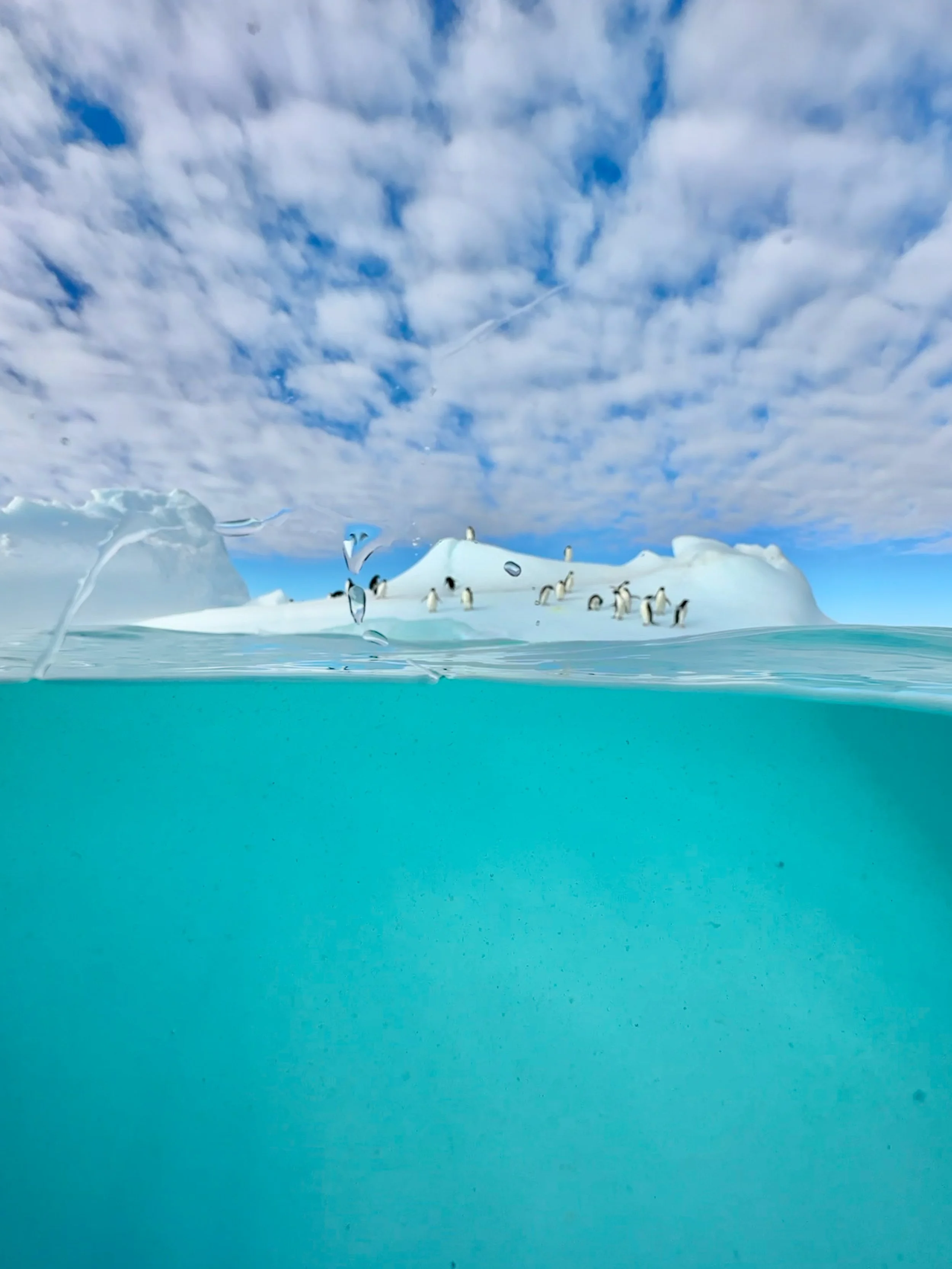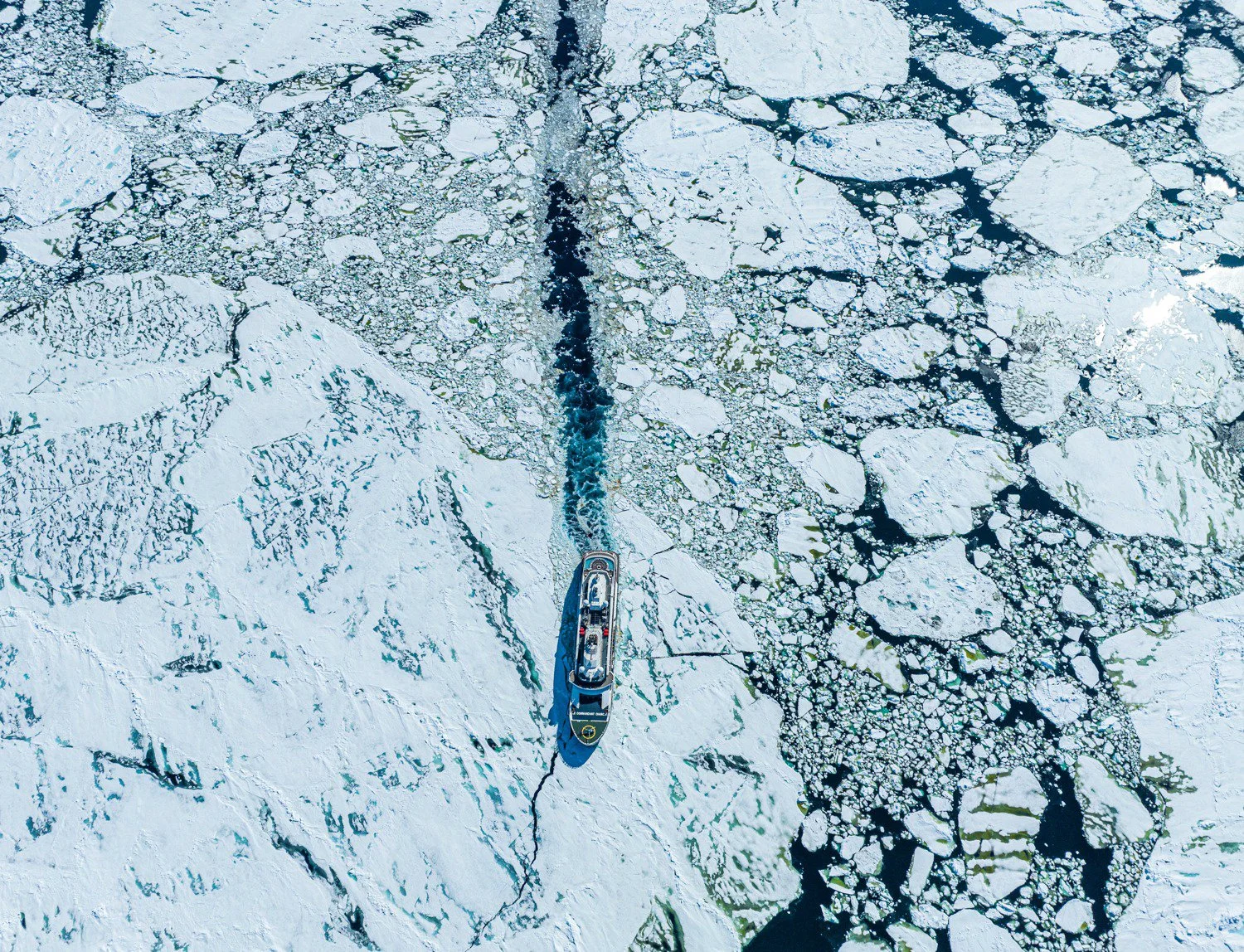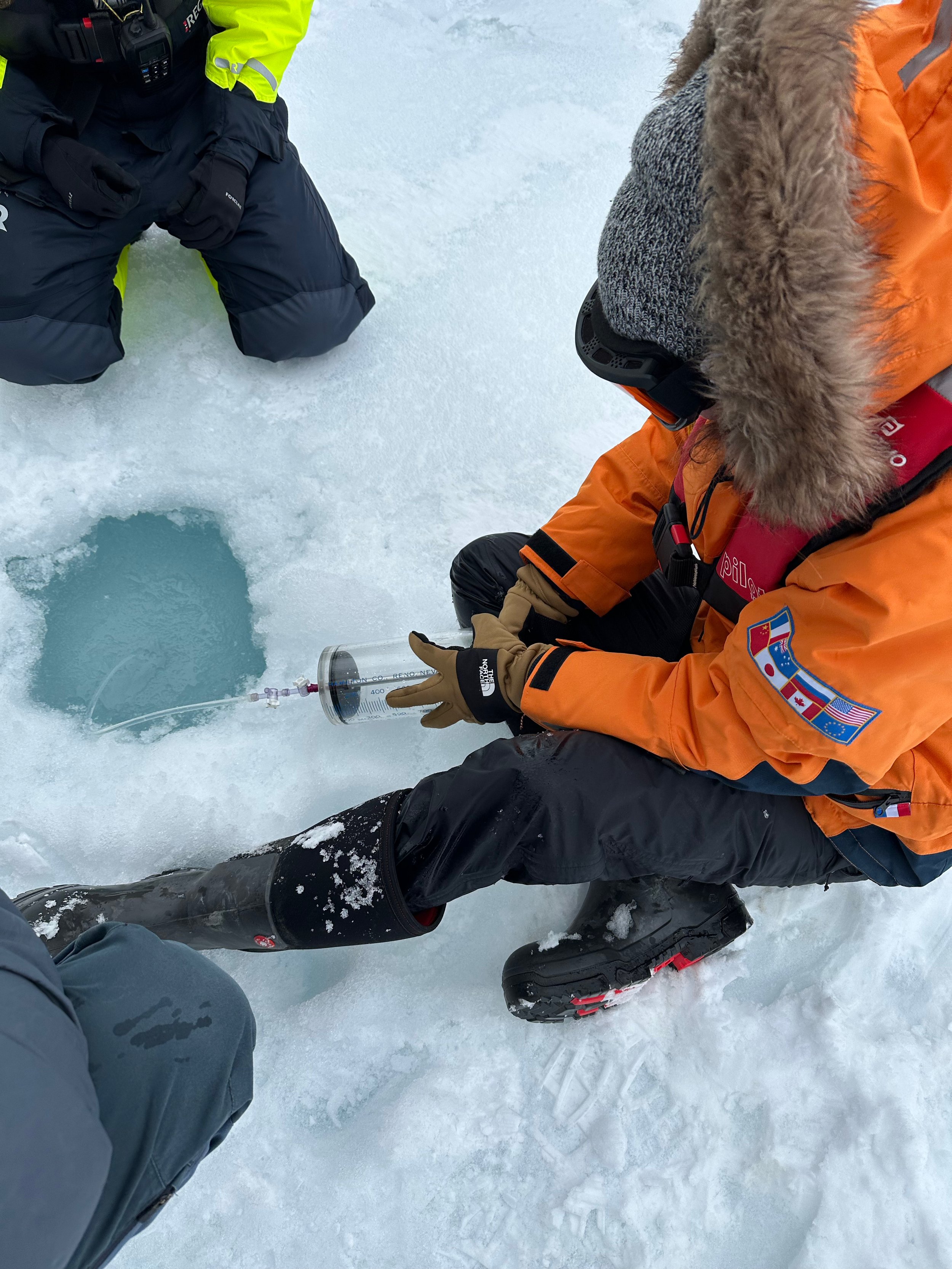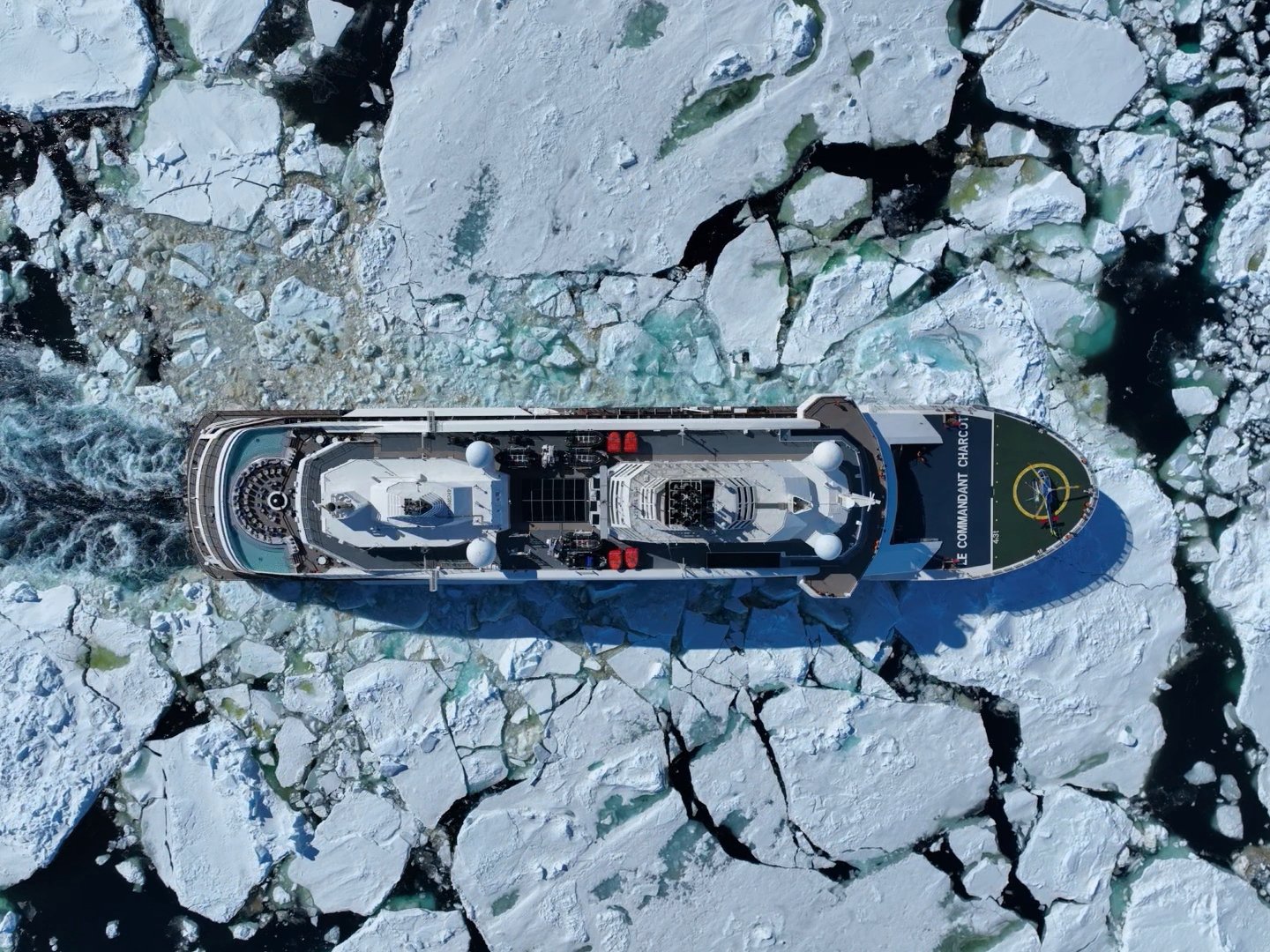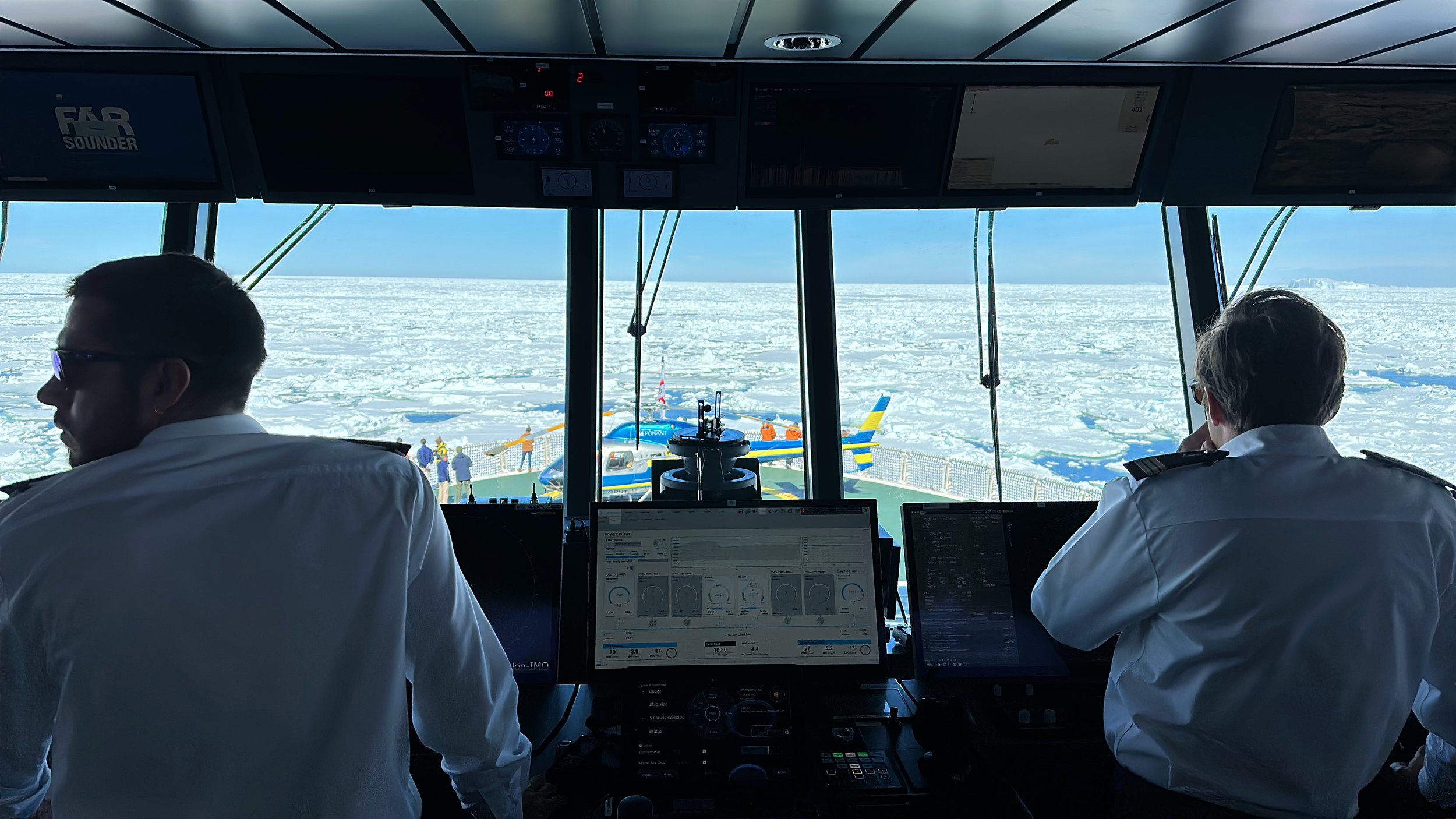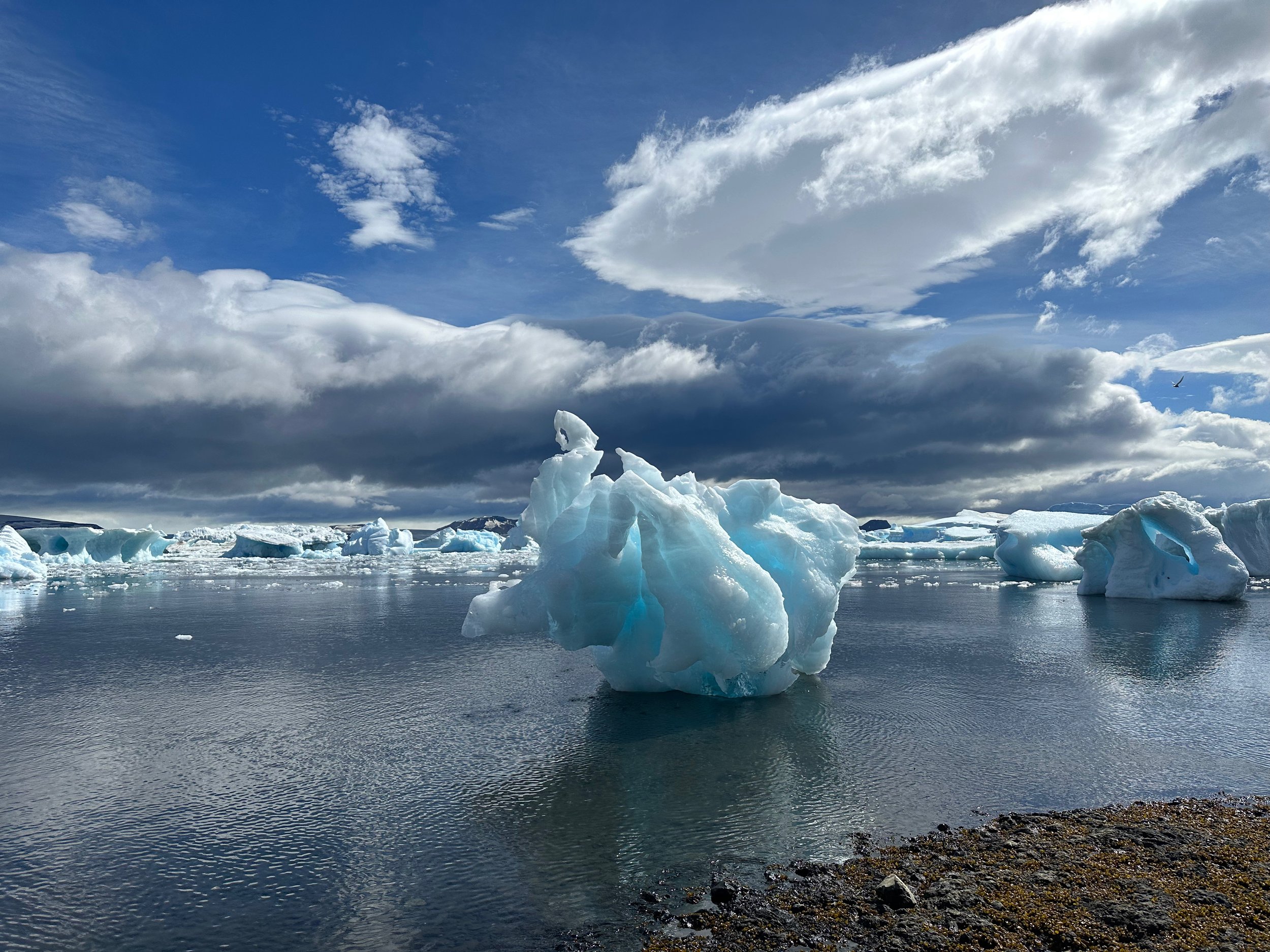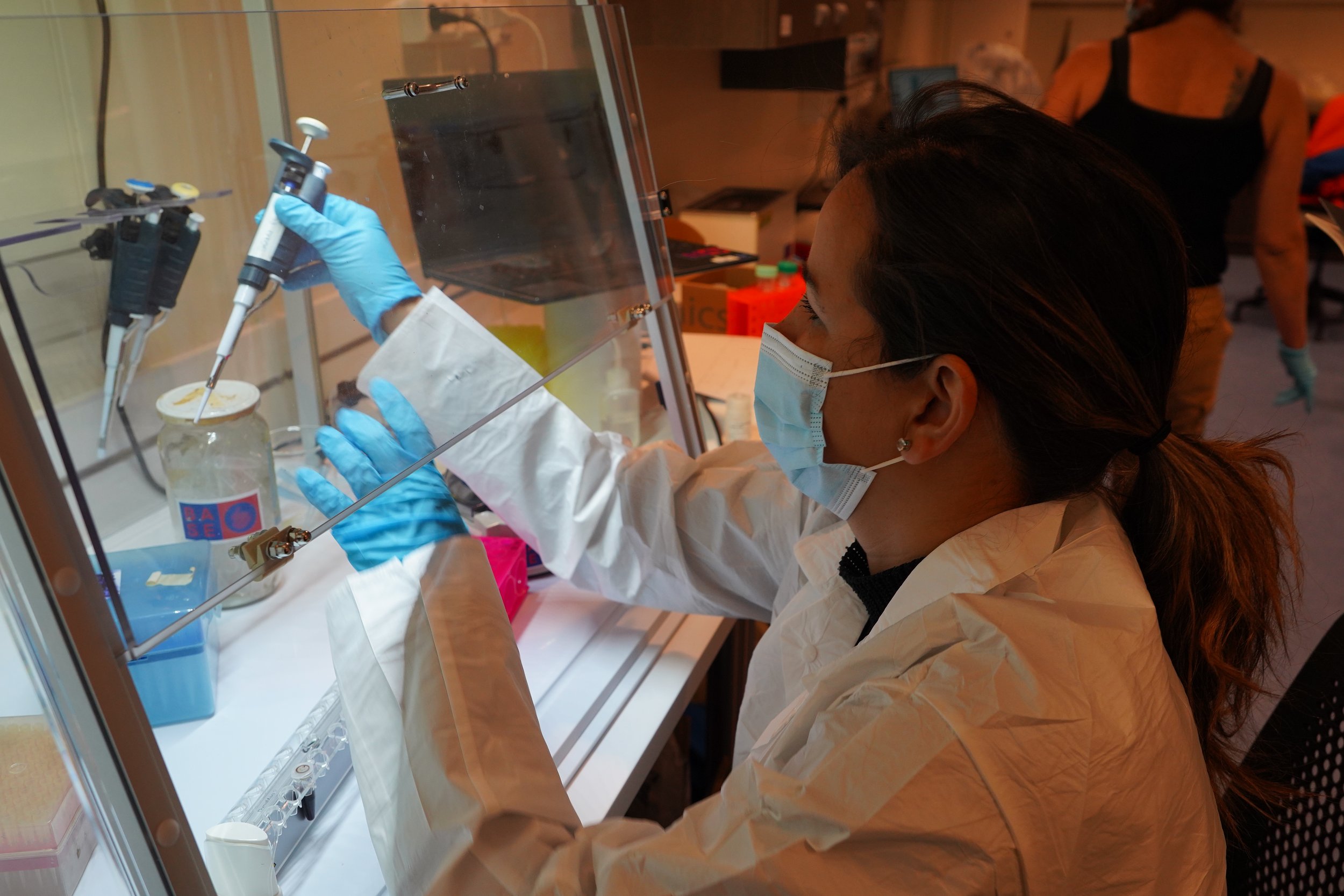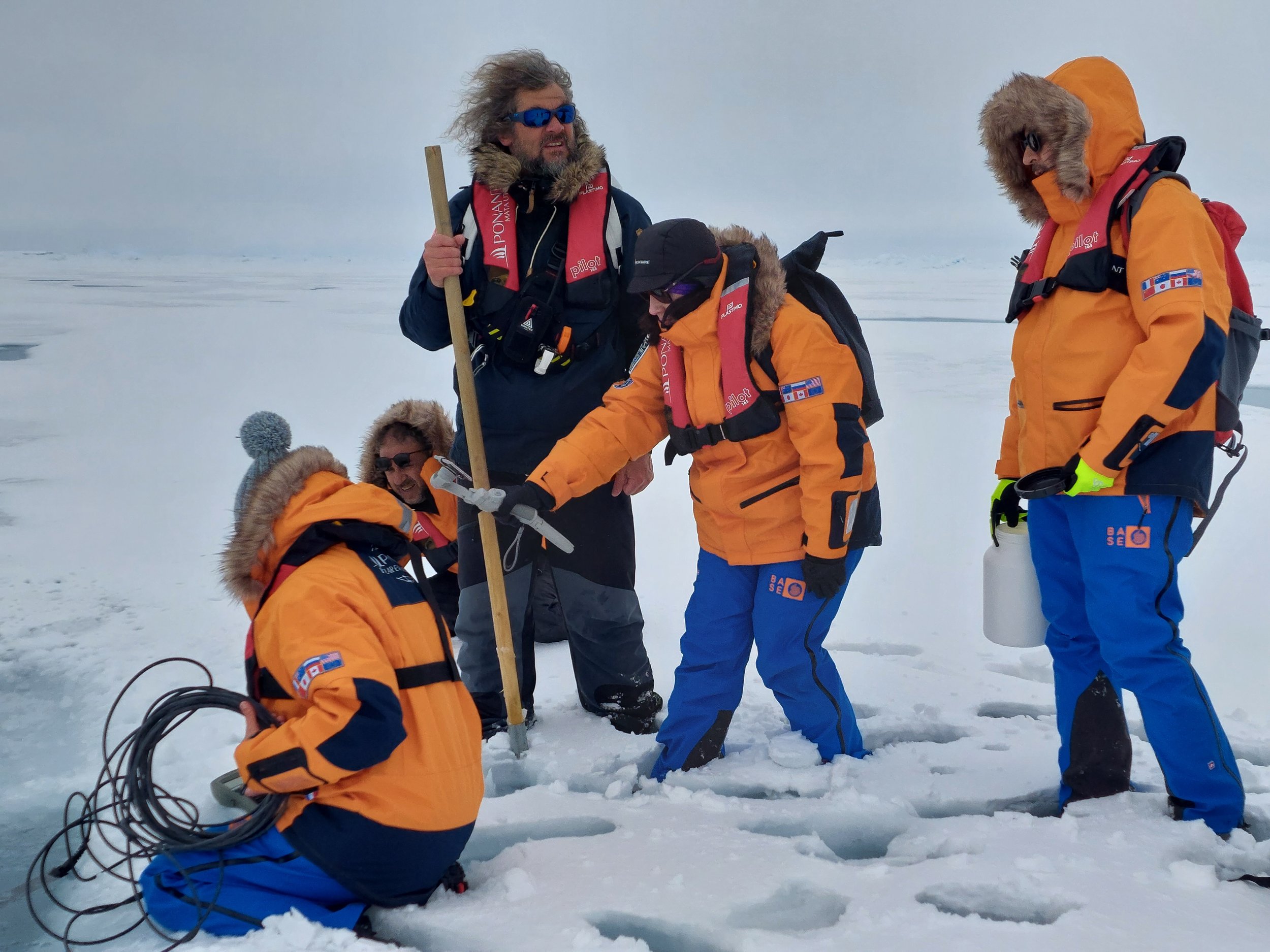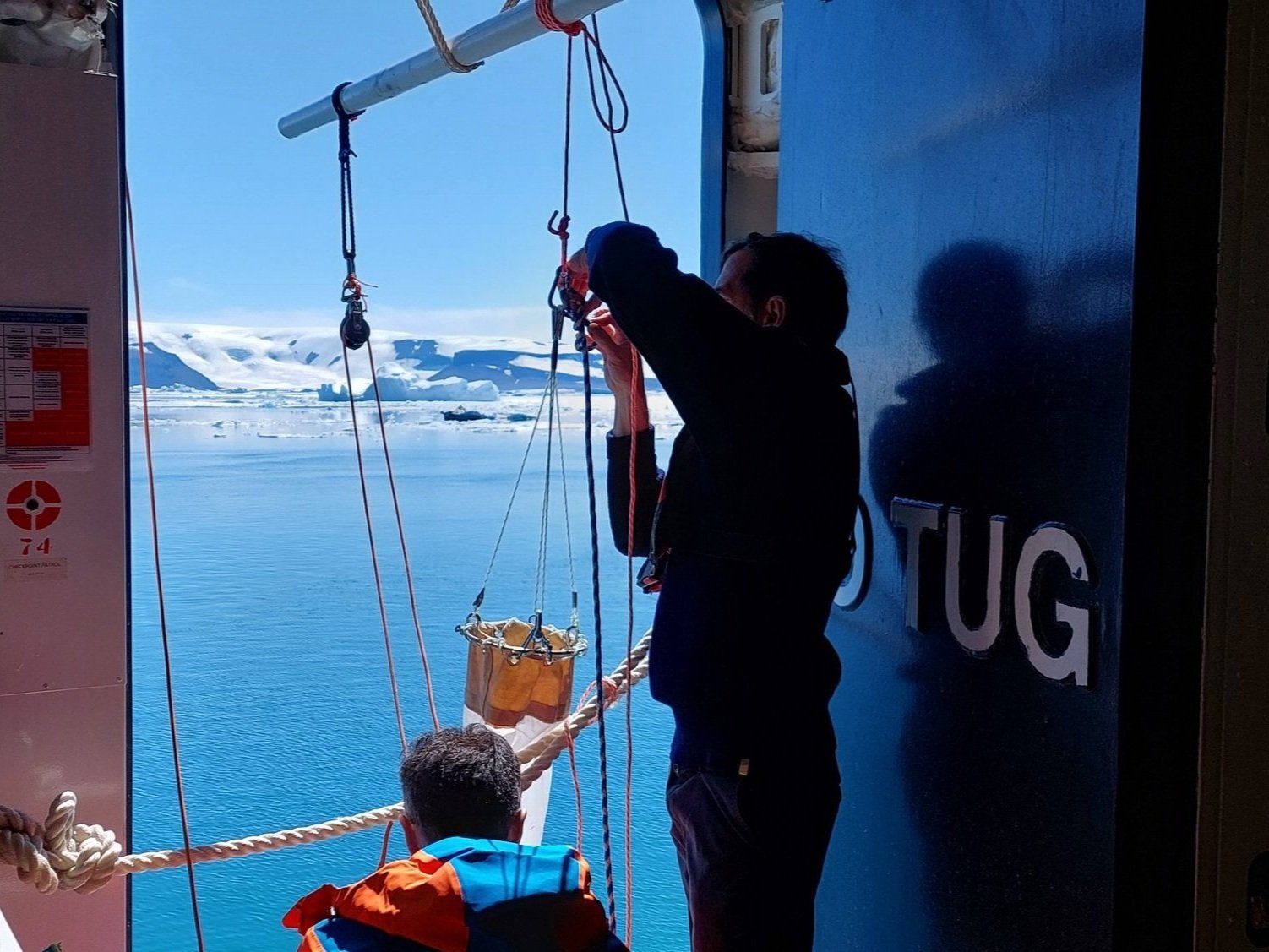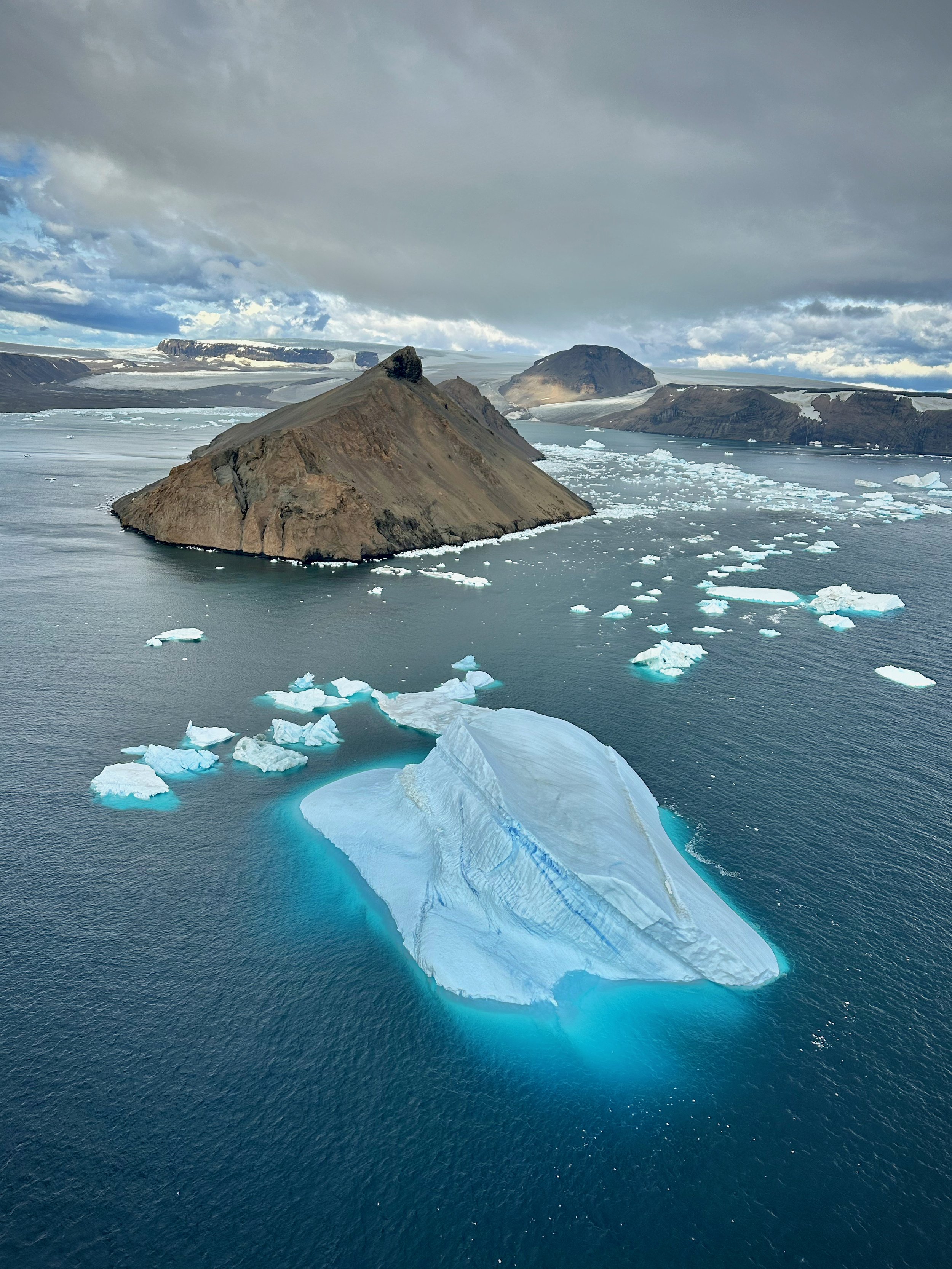A New Kind Of Scientific Mission
Chapter 2 : Exploring the Weddell Sea
The second instalment of our ongoing reportage series following the SEDNA expedition, which transformed a privately chartered journey to Antarctica into an unprecedented, sustainable scientific mission
Words by Clara Le Fort. Images by SEDNA
A cruise like no other
On board the state-of-the-art icebreaker, Le Commandant Charcot, the SEDNA expedition —made possible thanks to the support of billionaire Alex Ionescu — set about adapting the ship. Passenger cabins were transformed into small labs stocking equipment, creating the ideal working conditions for the 26-strong multidisciplinary team of scientists from different fields. “There are usually no more than two scientists on board,” says Nicolas Dubreuil, expedition leader. “The Chilean team, for example, was working on building Antarctica’s metaverse so that Chilean students could work within it; that required a little reengineering on board!”
A world premiere, the objective of the mission was to gather observations, take trackable measurements, and carry out specific sampling to establish and perfect polar models — especially in that part of the Weddell Sea, recently freed from ice. “Whether you look at the interactions between land, ice and sea; the dynamic of marine or onshore populations; or the genetic or physiological evolution of endemic species, all these parameters are fast changing as the climate evolves around the world and impacts its most remote corners,” Dubreuil explains.
A new generation ice-breaker, Le Ponant’s Commandant Charcot was the ideal ship to reach virgin territories. Reaching the Weddell Sea, penguin colonies and other native species were observed for research purposes.
Navigating uncharted territory
As one might hope, the last unexplored continent is protected by the Antarctic Treaty, which recognises the need for preservation and grants freedom of scientific investigation – though none before have qualified for this. So, before they set sail, SEDNA presented a detailed plan of their mission to the authorities in charge of enforcing the treaty, stating their aim to observe and take samples, while limiting human impact to a strict minimum. This unprecedented permission wasn’t easy to obtain, but the gatekeepers saw the value in their work and ultimately gave them the green light. It’s the first time both humans and boats have been allowed to access the Weddell Sea – with similar levels of anticipation for those onboard as when man first set foot on the moon! And, the sign off for this type of mission is also incredibly promising for future preservation elsewhere.
“The potential of cruise ships for marine exploration is immense,” notes Dubrueil. They often access remote territories on a regular basis, and collecting data repeatedly is essential in crafting reliable simulation models, establishing genetic databases, or calibrating measures for data-collecting satellites.”
During the expedition, the whole team of scientists disembarked five times, each taking samples and conducting tests research in their respective fields. They also set up three polar stations on the ice sheet and seven underwater; 12 dives were organised, alongside 10 recording sessions of sea mammals and continuous biogeochemical water monitoring. “The amount of data collected is vast, but the most precious for all scientists was to share fieldwork with those from other disciplines. And once back on board, to show passengers ‘science in the making’!” adds Dubreuil.
A round-up of exciting research
Each team of scientists played to their strengths. Those from Chile’s Millennium Institute for Biodiversity of Antarctic and Subantarctic Ecosystems studied the microbiology of the waters, including its plankton, collecting sounds and images in order to create an Antarctic metaverse for future studies. Meanwhile, the British Antarctic Survey counted emperor penguins, setting new standards for satellite viewing. The Massachusetts Institute of Technology took samples of sea water and water on land to evaluate levels of carbon dioxide. While scientists from the UK’s Imperial College and Southampton University documented the area’s cartography, quantifying the minerals and rare earth found in the sea water, ice fields and rivers. And, those from Institut d’Alembert observed and recorded the marine animals present underwater. The result? An abundance of scientific treasure.
With the teams now back in their respective countries, all the data collected is being analysed, and when ready, they’ll be sharing their findings with Looms. Watch this space for the final chapter of SEDNA’s adventures in Antarctica.
“The amount of data collected is vast, but the most precious for all scientists was to share fieldwork with those from other disciplines.”
Nicolas Dubreuil
Immersed in the pristine scenery of these uncharted waters, scientists are conducting field research and collecting ice samples.
This is the second instalment of Looms’ ongoing reportage following the SEDNA expedition and its research and learnings. Recap on Chapter 1 of SEDNA’s expedition here. Check back for next month’s update, when we’ll find out what happened on the trip and the scientists’ take on this unparalleled experience.
Until then, for more details visit sedna-explore.com


